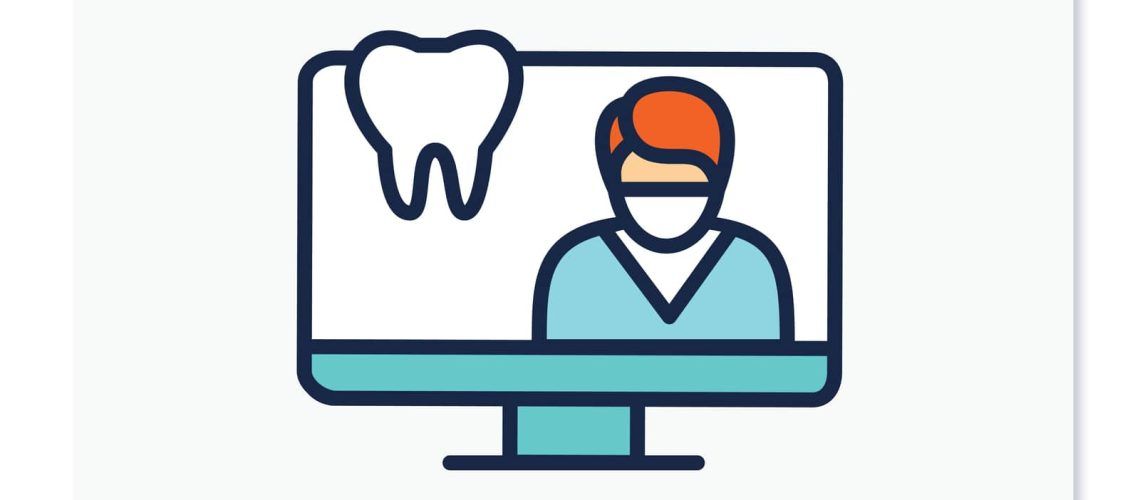Medical care has seen some significant advances in recent decades. The onset of the pandemic has only driven advancements related to remote methods of receiving medical care. Every year more and more doctors attempt to find superior ways of providing care for patients living in underserved areas. These options have been better payment models, more advanced treatments, and, most importantly, telehealth options. Teledentistry is one form of this kind of care that makes dental care more accessible than ever.
Telehealth And Teledentistry: Changing Oral Care
Telehealth takes advantage of telecommunications technology to make it possible to provide care at a distance. As personal devices, high-speed internet, and video calling options are becoming more commonly available; teledentistry is poised to adapt. This has been shown during the pandemic as remote follow-ups have been more available. There have also been additional care options being used, such as mail-in dental impressions for orthodontic care.
The efforts of a creative and dedicated dental workforce have resulted in new programs and types of treatment to make teledentistry more effective than ever. Community programs, health centers, private practices, and health systems have all been working to find new ways of providing additional care. Consider these examples of teledentistry being used effectively:
- Oregon dentistry has implemented rural teledentistry options to allow dental hygienists to remotely inspect schoolchildren’s oral health. They were able to chart tooth decay, x-rays, and pictures and transmit them to dentists at remote clinics. These dentists would then use the resulting data to develop treatment plans for the children involved.
- In California, there was a similar program developed known as Virtual Dental Home. This program implemented training for dental hygienists and assistants that allowed them to collect dental records and provide preventative care to schools throughout the state. This program permitted preventative care treatments to become more available in their area. They used a secure telehealth system to transmit these records to protect privacy while improving access to care.
- Missouri also had a program that permitted dental professionals to extend their available office hours by creating satellite dental offices. These offices improved access to care in underserved areas.
Programs like these represent the changing face of dental care in the industry today. As these changes continue, more and more patients will be able to access care.
Teledentistry Is The Future Of Dental Care
Teledentistry used to be a fall-back in cases where patients had difficulty reaching the clinic for treatment. Today it is quickly becoming a standard of care that makes it possible to improve the delivery range of dental care. The end result is patients in areas that previously were underserved getting access to the dental care they require. Equally important is the ability of teledentistry to reduce the spread of infection through the office and the amount of time required to see each patient. Check with your dentist to determine if they provide teledentistry options in your area.



